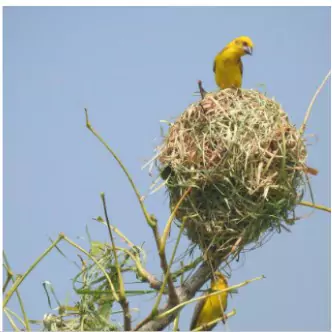![]() 15 Jul 2025
15 Jul 2025

The first-ever grassland bird census conducted in Assam’s Kaziranga National Park and Tiger Reserve (KNPTR) recorded 43 species, highlighting Kaziranga as a major site for grassland bird diversity in India.
| A grassland ecosystem is a biome characterized by vast expanses of grasses, herbs, and occasionally some scattered trees or shrubs. |
|---|
Banni Grassland Restoration Project
|
|---|
 Finn’s Weaver Colony:
Finn’s Weaver Colony:
India’s Diverse Grassland Ecosystem
|
|---|

<div class="new-fform">
</div>